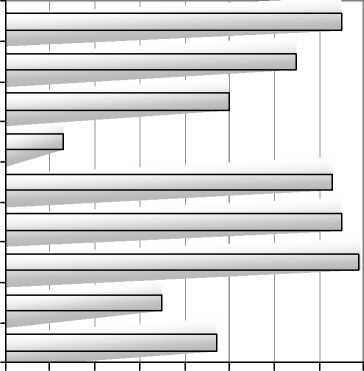decentralisation of manufacturing units, creation of industrial mini-growth poles (Oscarson
1989). These settlements have been in the focus of several researchers like Rex Lucas
(1971), John Bradbury (1985), Jarmo Kortelainen (1992) and Ilmar Talve (1983). True, in
Western Europe, CI was mainly developed by local communities. This is a big difference.
The “monopoly” of local industrialist in CI development vanished, when Estonian
collective and state farms got stronger. Especially at the beginning of the 1980s, the so-
called “Soviet nutrition programme” raised subsidies for collective and state farms (figure
3) which became considerable economic agents in Estonia. Many urban dwellers moved to
the countryside to work in collective and state farms in the 1980s because of better wages,
available accommodation (Raagmaa 1996)
and brand new CI. The construction boom in
rural areas caused relative de-concentration of
the population in Estonia (Marksoo 1992).
Esona
Fnand
EU
NewZeaOid
sa∏d
Noway
SwZeIaid
USA
OECD

Rural decline stopped in 1983 (Katus 1989),
and during next ten years rural areas enjoyed a
population inflow.
Settlements with 200 and more
inhabitants, operating mainly as centres and
sub-centres for state and collective farms went
through rapid growth during the 1970s and
especially 1980s concentrating majority of
rural population in these settlements.
0 1020304050607080
Figure 3. The rate of agricultural producer
subsidies in various countries in 1986.
Source: OECD 1996.
The process of “decentralised
concentration” took place also because the
average size of collective/state farms increased. The total number of units has decreased
since 1950s (when there were about 2400 state and collective farms) up to the 317 in 1988.
The most serious change was at the beginning of 1970s (from 463 units in 1970 to 295 in
1984).
Collective farms, as considerably large and well-subsidised economic units started
to play a decisive role in the development of rural settlement system and competed with old
central places and branch plant settlements.
13
More intriguing information
1. The name is absent2. Willingness-to-Pay for Energy Conservation and Free-Ridership on Subsidization – Evidence from Germany
3. Rent-Seeking in Noxious Weed Regulations: Evidence from US States
4. Discourse Patterns in First Language Use at Hcme and Second Language Learning at School: an Ethnographic Approach
5. The Economic Value of Basin Protection to Improve the Quality and Reliability of Potable Water Supply: Some Evidence from Ecuador
6. The name is absent
7. Trade Liberalization, Firm Performance and Labour Market Outcomes in the Developing World: What Can We Learn from Micro-LevelData?
8. Spatial patterns in intermunicipal Danish commuting
9. Opciones de política económica en el Perú 2011-2015
10. If our brains were simple, we would be too simple to understand them.